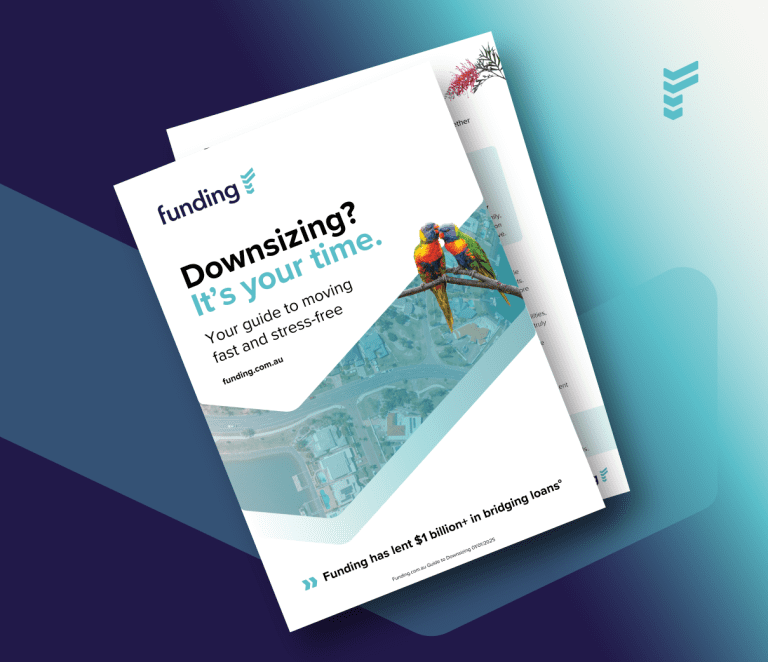What does Secured Loan mean?
A
secured loan is a type of loan where the borrower pledges an asset, such as property, vehicles or other valuable assets, as collateral to secure the loan. This collateral reduces the lender’s risk, as it can be seized and sold if the borrower defaults on the loan. Common examples of secured loans include mortgages, car loans, and home
equity lines of credit. Due to the reduced risk for lenders, secured loans often feature lower interest rates and more favourable terms compared to unsecured loans.
Importance of Understanding Secured Loans
Lower Interest Rates
Secured loans typically offer lower interest rates than
unsecured loans because the collateral provides security for the lender. Understanding secured loans can help borrowers secure more affordable financing options.
Risk Management
While secured loans offer benefits such as lower interest rates, they also come with the risk of losing the collateral if the borrower fails to repay the loan. It’s crucial for borrowers to understand this risk and ensure they can meet their repayment obligations.
Increased Borrowing Power
With collateral backing the loan, borrowers may be able to access larger loan amounts compared to unsecured loans. This can be advantageous for financing significant expenses, such as purchasing a home or making major renovations.
Key Components of a Secured Loan
Collateral
Collateral is the asset pledged by the borrower to secure the loan. Common forms of collateral include real estate, vehicles, savings accounts, or other valuable assets. The value and type of collateral can influence the loan amount and terms.
Loan Terms
The terms of a secured loan, including the interest rate, repayment schedule, and loan duration, are often more favourable due to the reduced risk for the lender. However, these terms can vary based on the lender’s policies and the borrower’s
creditworthiness.
Default Consequences
If a borrower defaults on a secured loan, the lender has the legal right to seize the collateral to recover the outstanding debt. This process can lead to the loss of significant assets, such as a home or vehicle, underscoring the importance of meeting repayment obligations.
Understanding the nature of secured loans, including their benefits and risks, is essential for borrowers considering this type of financing. By carefully evaluating their financial situation and the terms of the loan, borrowers can make informed decisions that align with their financial goals.


